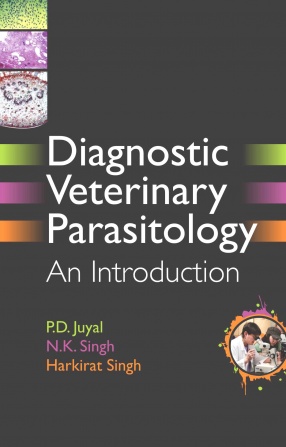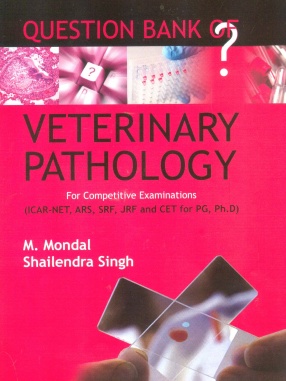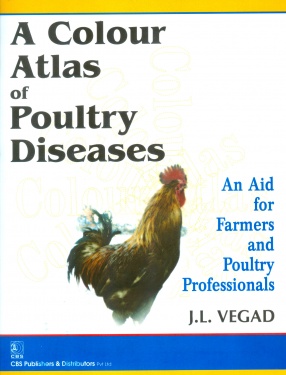Diagnostic Veterinary Parasitology: An Introduction
Although immunological and molecular techniques are increasingly being applied for the diagnosis of parasitic diseases, veterinary practitioners worldwide still rely primarily on the conventional faecal and blood smear examinations mainly on the concept of "seeing is believing". These techniques are still the gold standard and cost-effective means of diagnosing the parasitic infections in domestic animals.
Contents: Preface Chapter 1. Introduction; Chapter 2. Collection; preservation and despatch of faecal samples; Chapter 3. Techniques for identification of parasitic eggs/oocysts in faeces; Chapter 4. Identification of parasitic mites: collection and examination of; Chapter 5. Examination of blood, lymph node biopsy and other body fluids; Chapter 6. Collection and preservation of parasites; Chapter 7. Immuno-molecular techniques for diagnosis of parasitic infections.
Get it now and save 10%
BECOME A MEMBER











Bibliographic information
N K Singh
Harkirat Singh